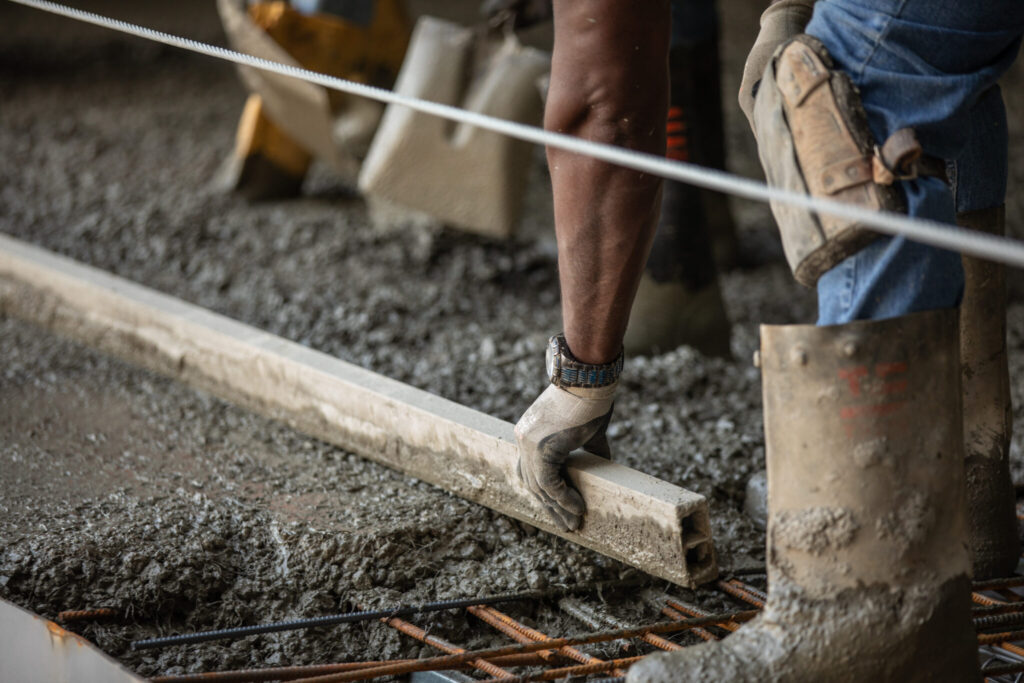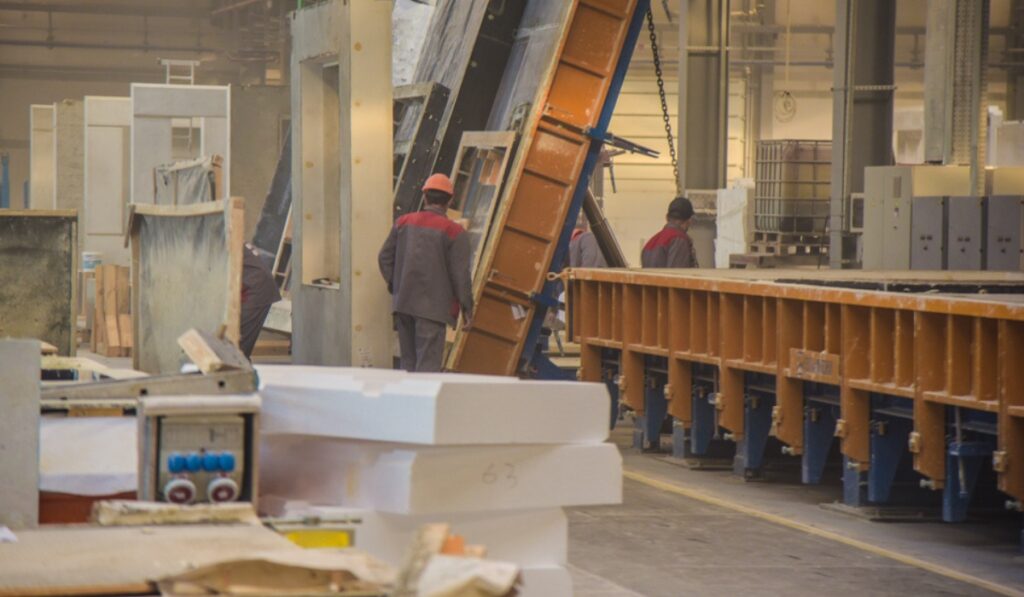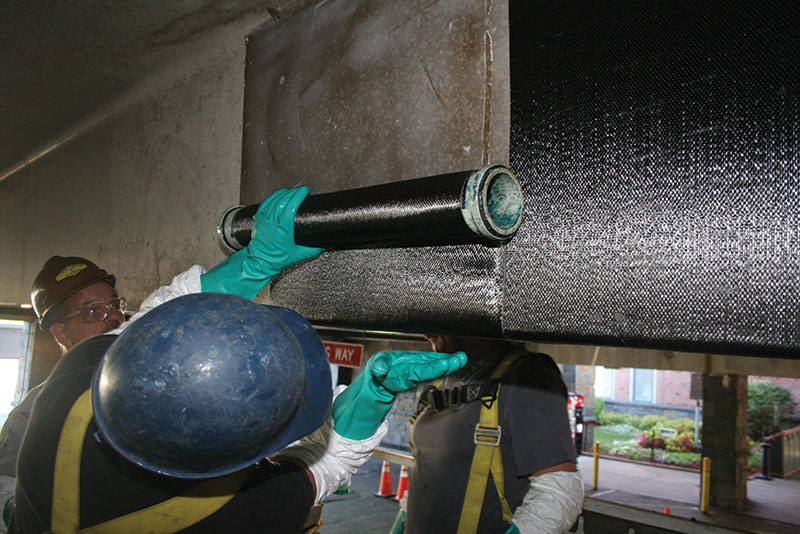Discover the latest trends in steel fiber concrete, a remarkable material that has revolutionized the construction industry. This article explores the benefits, applications, and future prospects of steel fiber concrete. Learn how this innovative material enhances structural integrity, durability, and overall performance, making it a preferred choice for various construction projects.
What is Steel Fiber Concrete?
Steel fiber concrete is a composite material composed of cement, aggregates, and discrete steel fibers. These fibers, typically made of carbon or stainless steel, are uniformly distributed throughout the concrete mixture. This reinforcement enhances the material’s mechanical properties, such as tensile strength, impact resistance, and ductility.

Advantages of Steel Fiber What is Steel Fiber Concrete?
Concrete Steel fiber concrete offers numerous advantages over traditional concrete:
- Increased Strength and Durability: The incorporation of steel fibers enhances the concrete’s flexural and compressive strength, providing better resistance to cracking and structural failure. It significantly improves the material’s durability, reducing the need for frequent repairs or replacements.
- Enhanced Crack Control: Steel fibers act as micro-reinforcements, minimizing the formation and propagation of cracks. This superior crack control capability increases the overall lifespan of structures and ensures their long-term performance.
- Improved Impact and Abrasion Resistance: The addition of steel fibers reinforces the concrete, making it highly resistant to impact and abrasion. This property is particularly beneficial in high-traffic areas, industrial floors, and pavements, where the concrete is exposed to heavy loads or abrasive forces.
Applications of Steel Fiber
Concrete Steel fiber concrete finds extensive applications in various construction projects:
- Industrial Flooring: It is commonly used for industrial flooring due to its excellent load-bearing capacity and resistance to wear and tear. It provides a durable and reliable solution for warehouses, manufacturing facilities, and distribution centers.
- Shotcrete Applications: Steel fiber-reinforced shotcrete is widely utilized in tunnel linings, slope stabilization, and other underground constructions. Its high tensile strength and flexibility make it suitable for challenging environments, providing efficient and reliable reinforcement.
- Bridge Construction: Steel fiber concrete is increasingly being used in bridge construction due to its ability to withstand heavy loads, resist cracking, and improve overall structural integrity. This application ensures the longevity and safety of bridges, reducing maintenance costs in the long run.

Emerging Trends and Future Prospects
The field of steel fiber concrete continues to evolve, with several exciting trends and future prospects:
- Hybrid Fiber Combinations: Researchers are exploring the use of hybrid fiber combinations, combining steel fibers with other materials like synthetic fibers or glass fibers. This approach aims to optimize the material’s performance and tailor it to specific project requirements.
- 3D Printing with Steel Fiber Concrete: The advent of 3D printing technology has opened new possibilities for it. It enables the fabrication of complex shapes and structures, providing architects and engineers with greater design freedom and construction efficiency.
- Sustainable and Eco-Friendly Solutions: Efforts are being made to develop sustainable and eco-friendly variants of steel fiber concrete. This includes the use of recycled materials, reducing carbon emissions during production, and exploring alternative cementitious binders.
Conclusion:
Steel fiber concrete has emerged as a game-changer in the construction industry. Its remarkable properties, including increased strength, crack control, and impact resistance, make it a versatile choice for various applications. As researchers continue to innovate and explore new possibilities, the future of steel fiber concrete looks promising, offering sustainable and high-performance solutions for the construction projects of tomorrow.
